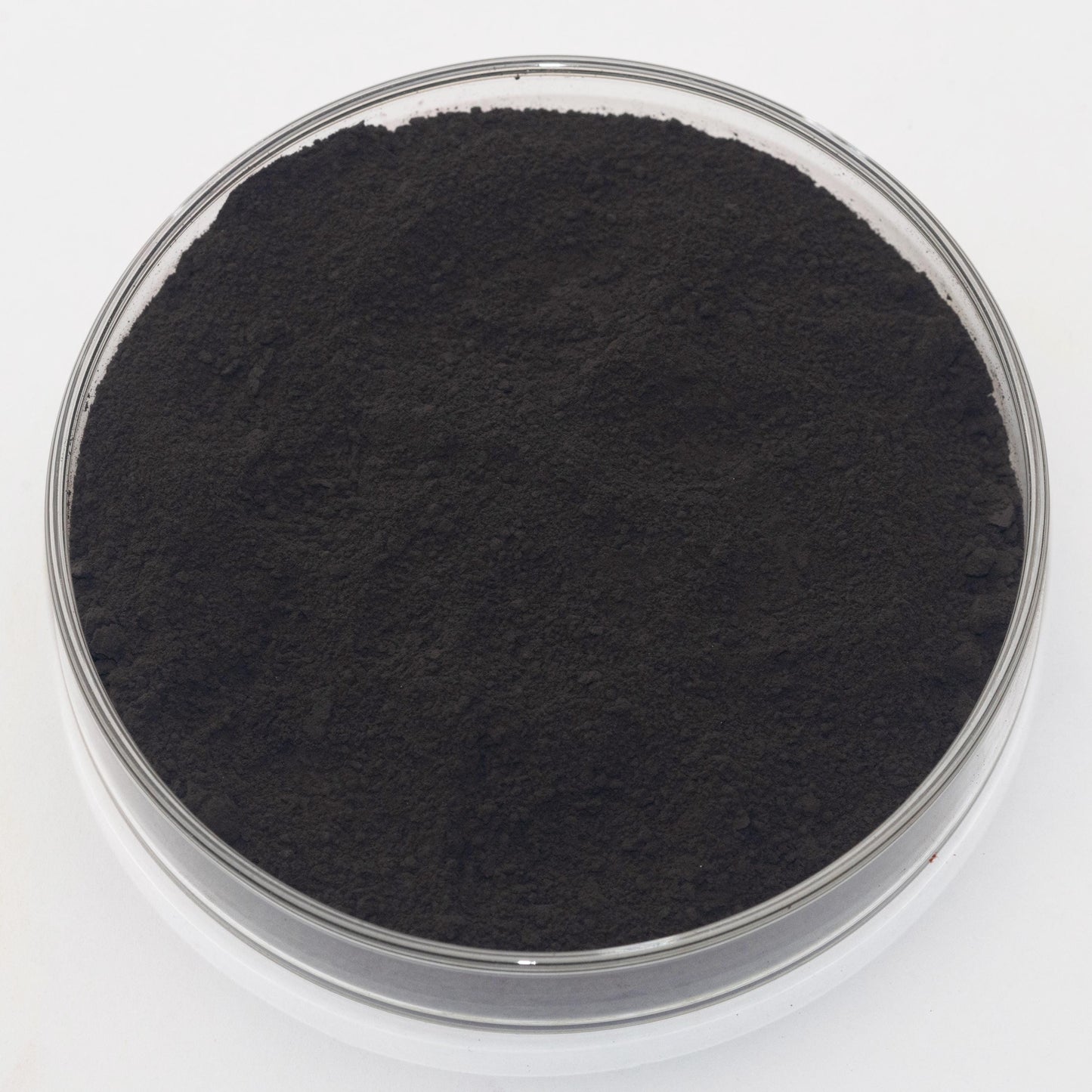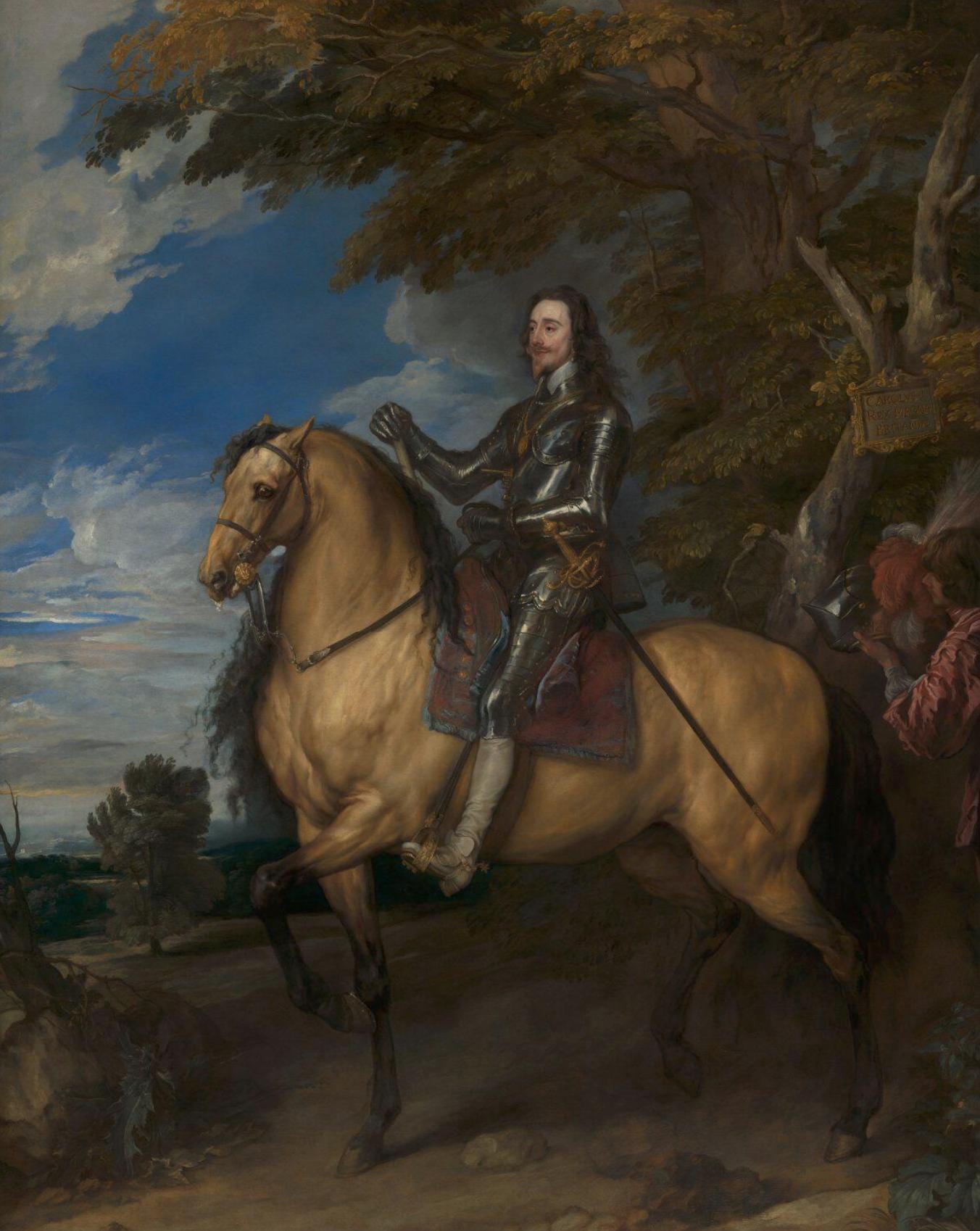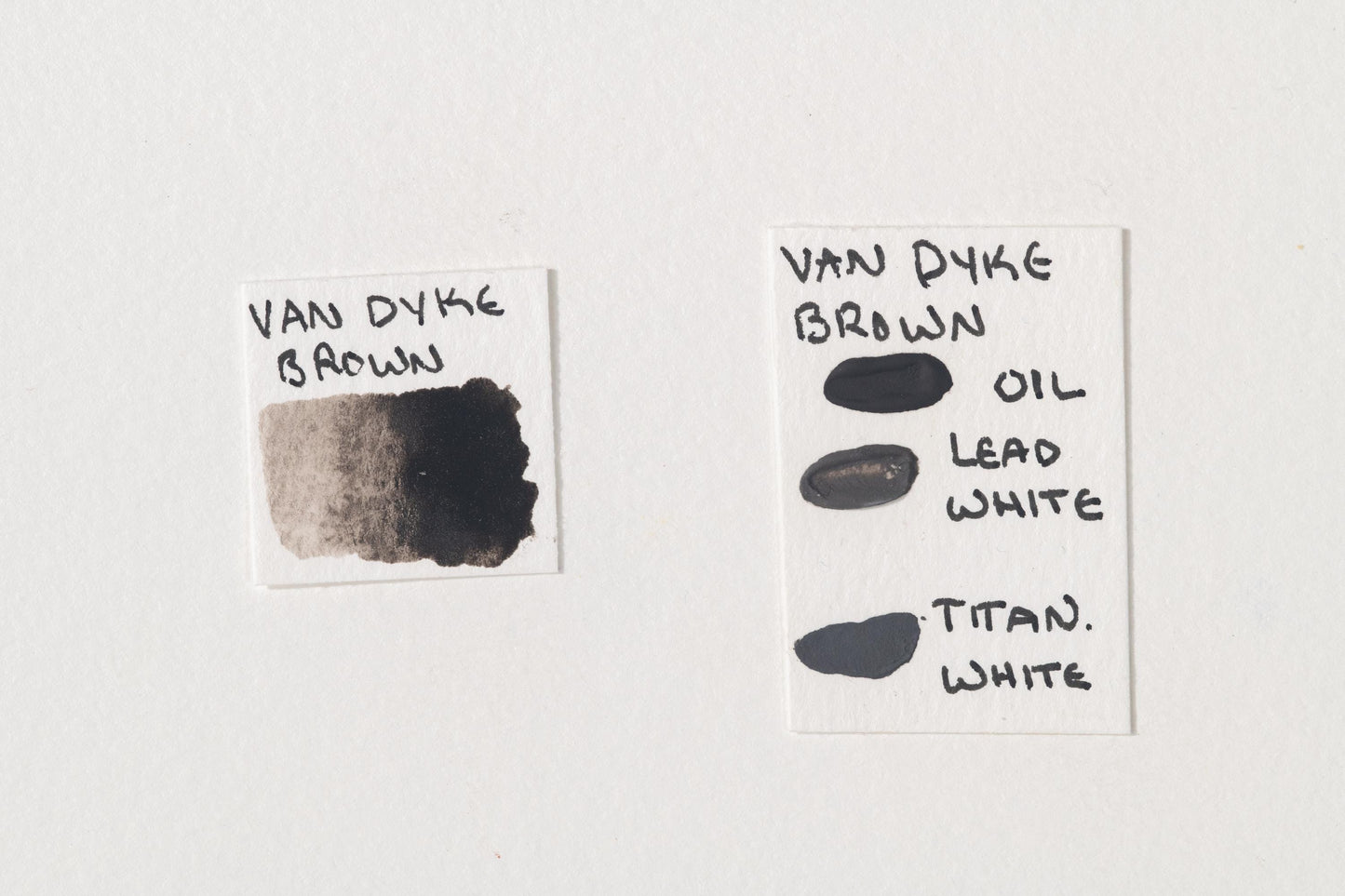Van Dyke Brown
Van Dyke Brown
Couldn't load pickup availability
Share



Description
Van Dyke Brown is a handmade single earth pigment made through a historical process of extraction, drying, and fine grinding earth from Verona. This deep, warm brown pigment is rich in organic matter and iron oxides, creating a rich, earthy tone with subtle transparency. It is highly prized for its deep, natural brown hue, which provides excellent depth, shading, and contrast in artwork.
Van Dyke Brown has exceptional lightfastness, making it highly durable for both classical and contemporary artwork. It blends seamlessly with other earth pigments, offering warm, harmonious tones in painting. Its semi-translucent quality allows for excellent layering, glazing, and shading effects in oil, watercolor, and tempera applications. Compared to synthetic browns, it provides a softer, more organic appearance, ideal for landscape, portrait, and decorative painting.
History
Van Dyke Brown has been used as a pigment for centuries and gained prominence in European painting traditions. Originally composed of lignite and iron oxide, it was valued for its deep, warm brown tones and ability to create soft shadows and rich glazing effects.
During antiquity, early artists used naturally occurring earth browns for cave paintings, murals, and frescoes. The high organic content of Van Dyke Brown made it particularly suited for naturalistic shading and tonal work.
In the Renaissance, artists like Rembrandt and Rubens favored deep brown pigments for underpainting, portraiture, and chiaroscuro techniques. Van Dyke Brown was an essential color for achieving rich, moody contrasts and subtle shading effects in oil painting.
By the 18th and 19th centuries, Van Dyke Brown became widely used in European academic painting and classical realism. The pigment’s transparency and soft blending qualities made it a staple for glazing, underpainting, and atmospheric effects in landscape and figure painting. In the pictured artwork 'Equestrian Portrait of Charles I' by Anthony van Dyck, earth browns are used extensively to create subdued tonality and subtle earth colors.
Today, Van Dyke Brown remains an indispensable pigment for artists, conservators, and restorers, preserving its legacy as one of the most versatile and enduring brown pigments in art history.
Health and Safety
Precautions:
Keep out of reach of children and pets.
Do not consume.
Not for cosmetic or food usage.
Do not spray apply.
For further health information contact a poison control center.
Use care when handling dry pigments and avoid dust formation.
Use particular caution with fibrous, fine, or toxic pigments.
Do not eat, drink, or smoke near dry pigments.
Avoid breathing in pigment dust and use a NIOSH-certified dust respirator with sufficient rating for dry pigment.
Wash hands immediately after use or handling.
If dust is likely, always wear protective clothing to keep out of eyes, lungs, off skin, and out of any contact as well as keep area ventilated.
This product may contain chemicals known by the State of California to cause cancer, birth defects, or reproductive harm.
Warnings and bottle information are abbreviated.
Pigment Information
Pigment Type: Natural (Iron Oxide and Organic Matter) from minerals (Goethite, Lignite, and Hematite) (Italy)
Suitable Mediums: Watercolor, Oil, Tempera, Acrylic
Lightfastness: Great
Opacity: Semi-translucent
Other Names: Cassel Earth, Cologne Brown, Natural Earth Brown
Color Index Code: NBr8
Image: 'Equestrian Portrait of Charles I' by Anthony van Dyck from the National Gallery



